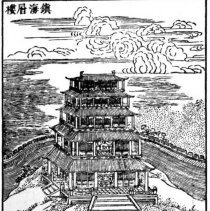Photos
Enter a word or phrase to perform a general search across all records in the Photos catalog. You can also browse records in the catalog without performing a search.
Search Tips
- Searches are not case sensitive.
- Searching for multiple words connects them with OR by default. Matching records can contain any of the words.
- Connect multiple words with AND if you only want to see records containing both words.
- Use quotation marks to search for a phrase.
- Place an asterisk (*) at the end of a word as a wildcard.
211 results found. Records searched: 211
-
2019.00748 - Print, Photographic
The making of a Horn Lantern Globe in Hangchow. Chinese Lanterns are an important sort of culture in China. Lantern crafting was recorded widely during the eighth century during the middle Tang dynasty. Yet lantern crafts expanded as early as the West Han Dynasty (202BC~8AD) with the arrival of early paper lantern inventions. Chinese paper lantern remains an important part of Modern Chinese Culture.
Record Type: Photo
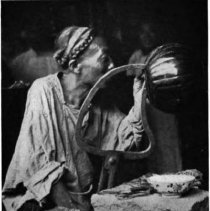
-
2019.00749 - Print, Photographic
Sundial of Hangchow. Sundials are the oldest known devices that are used to measure time. It depends on the rotation and movement of the sun. As the sun moves from east to west, the shadows formed predict the time of the day. The Egyptians were the first to use the sundials. They used a stick or pillar called the gnomon. Time was calculated depending on the length of the shadow. The Egyptians built a t-shaped sundial comprising of a crossb...
Record Type: Photo
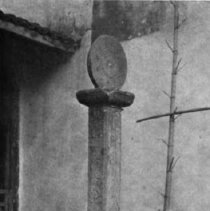
-
2019.00750 - Print, Photographic
Buddists at the paper altar in Hangchow. Spirit money is commonly burned, but may also be offered by being held into the wind or placed into the deceased's coffin at funeral ceremonies. Depending on the type and status of the deity being worshiped, paper with metal foil or with ink seals of various sizes may be burned. Different regions of the world have different preferences for the type of Joss paper that is used. For instance, Hell Bank ...
Record Type: Photo
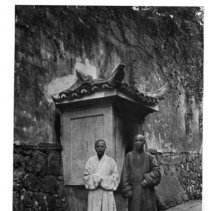
-
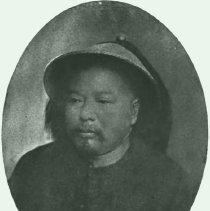
-

-
2019.00753 - Print, Photographic
The Ancient Pagoda of the Lin Yin Monastery in Hangchow. According to tradition, the monastery was founded in 328 AD during the Eastern Jin dynasty (265–420) by an Indian monk, named Huili in Chinese. From its inception, Lingyin was a famous monastery in the Jiangnan region. At its peak under the Wuyue Kingdom (907–978), the temple boasted nine multi-story buildings, 18 pavilions, 72 halls, more than 1300 dormitory rooms, inhabited by more tha...
Record Type: Photo
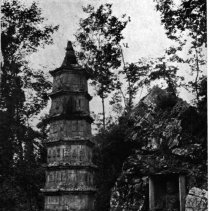
-
2019.00754 - Print, Photographic
Rest Bridge in the Lin Yin Monastery in Hangchow. According to tradition, the monastery was founded in 328 AD during the Eastern Jin dynasty (265–420) by an Indian monk, named Huili in Chinese. From its inception, Lingyin was a famous monastery in the Jiangnan region. At its peak under the Wuyue Kingdom (907–978), the temple boasted nine multi-story buildings, 18 pavilions, 72 halls, more than 1300 dormitory rooms, inhabited by more than 3000 ...
Record Type: Photo
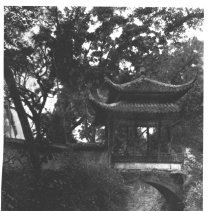
-
2019.00755 - Print, Photographic
Chinese letters for Foochow which mean " Happy Region"
Record Type: Photo
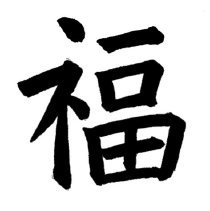
-
2019.00756 - Print, Photographic
The Dog Worshippers of the Mountains near Foochow . Dogs are the oldest domesticated animal in China and were bred as guardians, for transporting goods, for herding, hunting, and as a food source. Archaeological evidence dates the domestication of the dog in China at approximately 15,000 years ago. In ancient China, the dog was always regarded along utilitarian lines as a worker, not as a companion. Even so, dogs were regarded highly not only ...
Record Type: Photo
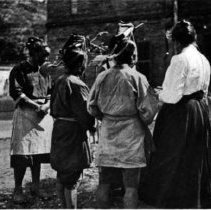
-

-
2019.00758 - Print, Photographic
The White Pagoda, Foochow The East pagoda was built in 1597, The pagoda’s construction was a high ranking monk, named Fodeng. By the 20th century, deterioration since construction had caused the East pagoda to slant from its center of gravity by 2.87 meters. In 1995, experts set about trying to correct the slant. They removed earth from underneath the pagoda and successfully corrected the pagoda's tilt. The East Pagoda is 53.3 meters high, an...
Record Type: Photo
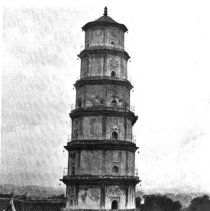
-
2019.00759 - Print, Photographic
Dr. William Edgar Geil sketch of a Foochow Field Woman in 1911.
Record Type: Photo
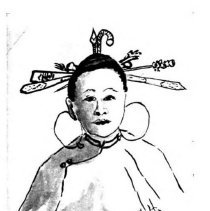
-
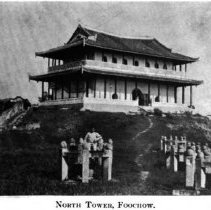
-
2019.00761 - Print, Photographic
There were certain architectural features that were reserved solely for buildings built for the Emperor of China. One example is the use of yellow roof tiles, yellow having been the Imperial color; yellow roof tiles still adorn most of the buildings within the Forbidden City. The Temple of Heaven, however, uses blue roof tiles to symbolize the sky. The roofs are almost invariably supported by brackets ("dougong"), a feature shared only with the l...
Record Type: Photo

-
2019.00762 - Print, Photographic
Paper Burning Box at Fairy Peach Place in Foochow
Record Type: Photo
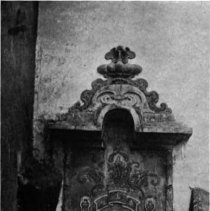
-
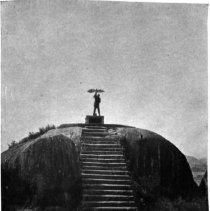
-
2019.00764 - Print, Photographic
In China, painting and writing developed hand in hand, sharing the same tools and techniques. Chinese writing is composed of block-like symbols which stand for ideas. Sometimes called "ideograms," the symbols more often are referred to as "characters." These characters, which evolved from pictograms (simplified images of the objects they represent), were modified over time to represent more abstract concepts. Calligraphers soon codified and regul...
Record Type: Photo
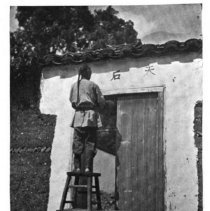
-
2019.00765 - Print, Photographic
Dr. Ohlinger at the grave of missionary Karl Fast in Foochow.
Record Type: Photo
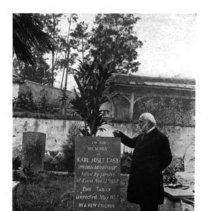
-
2019.00766 - Print, Photographic
First M.E Church or Heavenly Peace Church was the first American Methodist Episcopal Mission first set up their Mission in East Asia. Having chosen Foochow as the first location of their mission field in China, the Methodist Episcopal Mission sent out two young missionaries, Judson D. Collins and Moses C. White, on April 15, 1847, who reached the port on September 6 and were soon followed by Robert S. Maclay who arrived on April 15 the next y...
Record Type: Photo
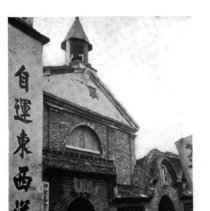
-
